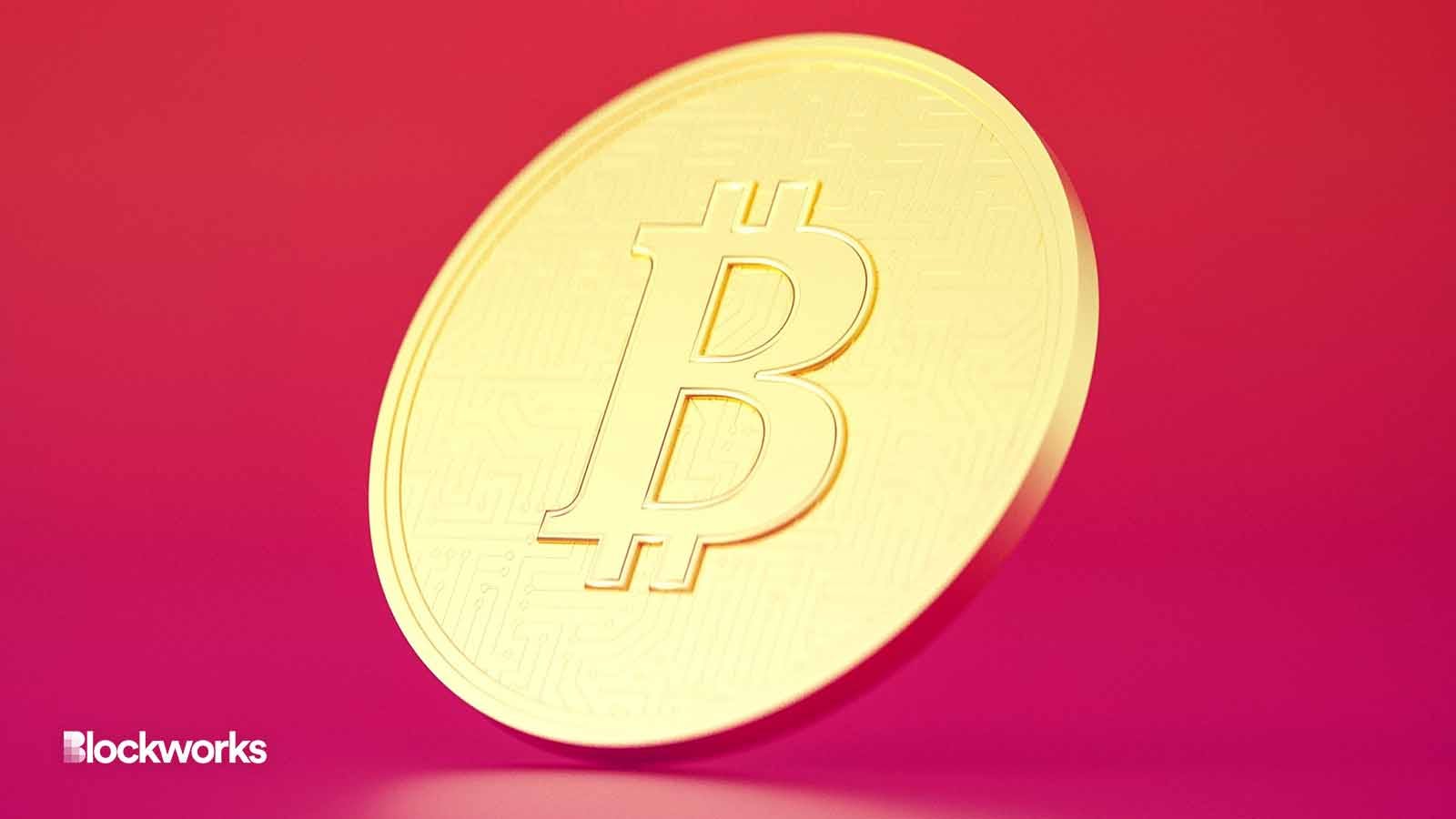26 months after bitcoin futures ETFs launch, traders brace for a spot product
Bitcoin futures ETFs were approved more than two years ago — now, a spot product threatens to take over market share

愚木混株 cdd20/Unsplash modified by Blockworks
Bitcoin spot prices continue to whipsaw on shifting expectations about if and when an ETF will get the go-ahead from US securities regulators.
The ongoing will-they-launch parlor game has analysts speculating about what might happen to the product’s predecessor: the bitcoin futures ETF.
The US Securities and Exchange Commission approved ETFs that track bitcoin futures markets in October 2021. Those approvals were a watershed moment for bitcoin and crypto, giving individual investors and advisors access to bitcoin exposure in their traditional brokerage and retirement accounts for the first time.
Now, with a spot product looming — and potentially several — some expect some investors to lose interest in the once-novel futures products.
“Futures-based bitcoin ETFs have been useful to some investors in the absence of spot-bitcoin ETFs,” Zach Pandl, managing director of research at Grayscale, said. “Because futures-based ETFs typically underperform, as we look ahead, we expect institutional investors to utilize futures-based bitcoin ETFs in a limited capacity as these investors may also interface directly with the CME and do not require the ETF wrapper.”
Grayscale is currently vying for approval to transform its Grayscale Bitcoin Trust into an ETF, an effort supported by an August 2023 court ruling in which a federal judge barred the SEC from denying spot bitcoin ETFs under reasons it has given in the past.
The ProShares Bitcoin Strategy ETF (BITO), which was the first of its kind to hit the market, raked in $950 million in trading volume on its opening day in October 2021, the second-highest in history for a new ETF at the time. It was the fastest ETF to hit $1 billion in assets under management in history. Bitcoin gained close to 20% the month futures ETFs were approved and started trading.
Despite hitting a record-high assets under management of $1.47 billion late last year, BITO is now down about 5.5% year to date. The product, much like bitcoin itself, posted positive returns in 2023 of around 95%, but since its launch is trading 46% lower.
The second bitcoin futures product to launch, Valkyrie’s Bitcoin Strategy ETF (BTF), expanded to include ether futures in October 2023. BTF is also in the red so far this year. The product rallied 100% in 2023, but remains about 45% lower since its launch 26 months ago.
Spot bitcoin prices ended 2023 around 150% higher and currently are up 3% year to date.
The bitcoin futures market is “mature, liquid and regulated,” ProShares Global Investment Strategist Simeon Hyman said during a Bloomberg TV appearance Wednesday. “There are a lot of things we don’t know about the spot market…things that we do know that futures solves.”
Pricing is complicated in spot markets, Hyman said, plus “we don’t know exactly how cash create in a spot ETF will work.”
Crypto asset manager Hashdex in 2023 filed to transition its Bitcoin Futures ETF, which launched in 2022, to track spot bitcoin prices. Hashdex proposed sourcing spot bitcoin prices from CME’s futures exchange. The SEC in November delayed its decision on the transition to Jan. 1, 2024, but then opened up a public comment period, so the deadline no longer applies.
The SEC has until Jan. 10 to approve or deny Ark and 21Shares’ bitcoin ETF application.
Analysts have their eyes peeled for any of the 13 issuers currently trying for a spot ETF to file their updated 19b-4 forms, a sign Bloomberg Intelligence senior ETF analyst Eric Balchuans said will show approval is “imminent.”
Get the news in your inbox. Explore Blockworks newsletters:
- The Breakdown: Decoding crypto and the markets. Daily.
- 0xResearch: Alpha in your inbox. Think like an analyst.






